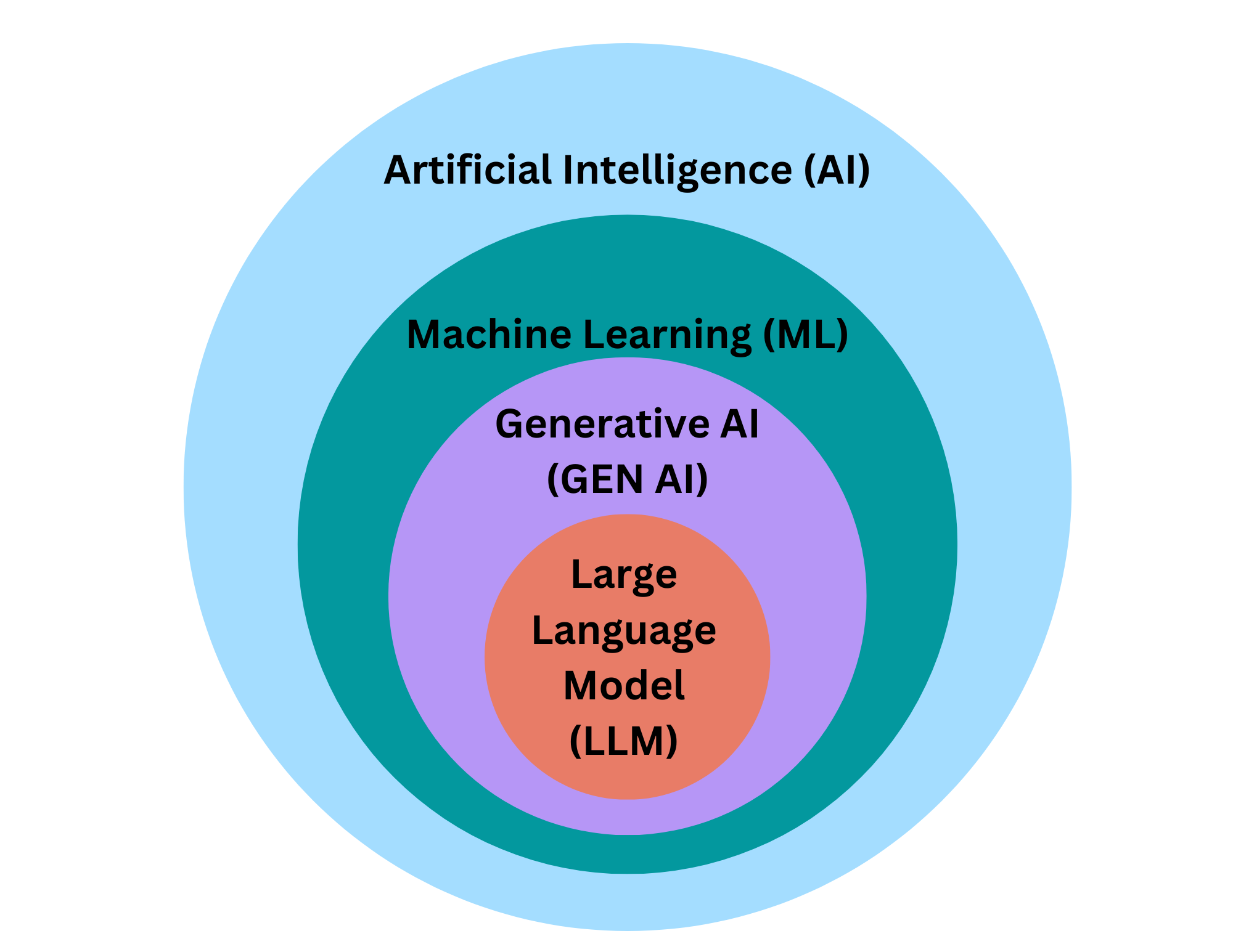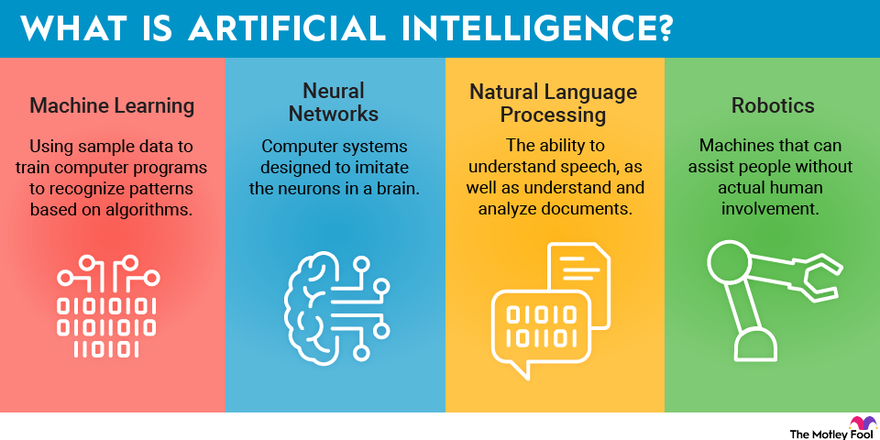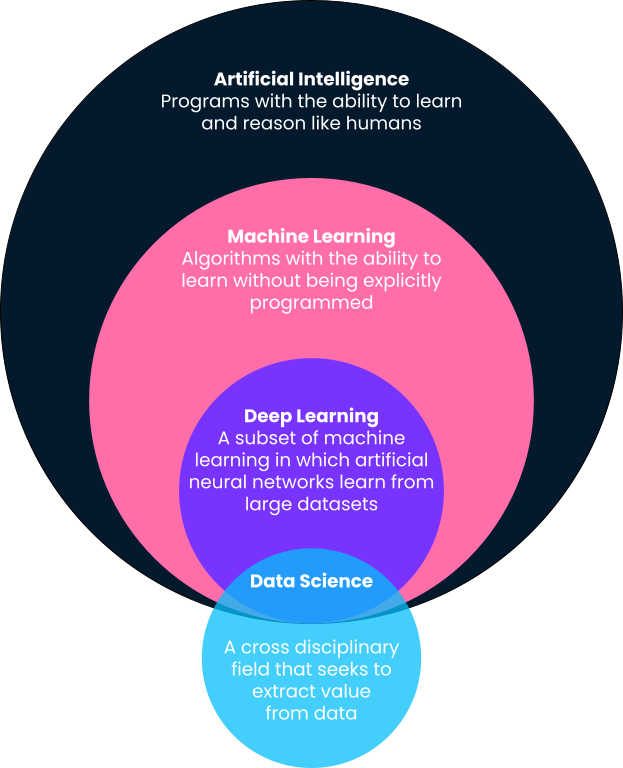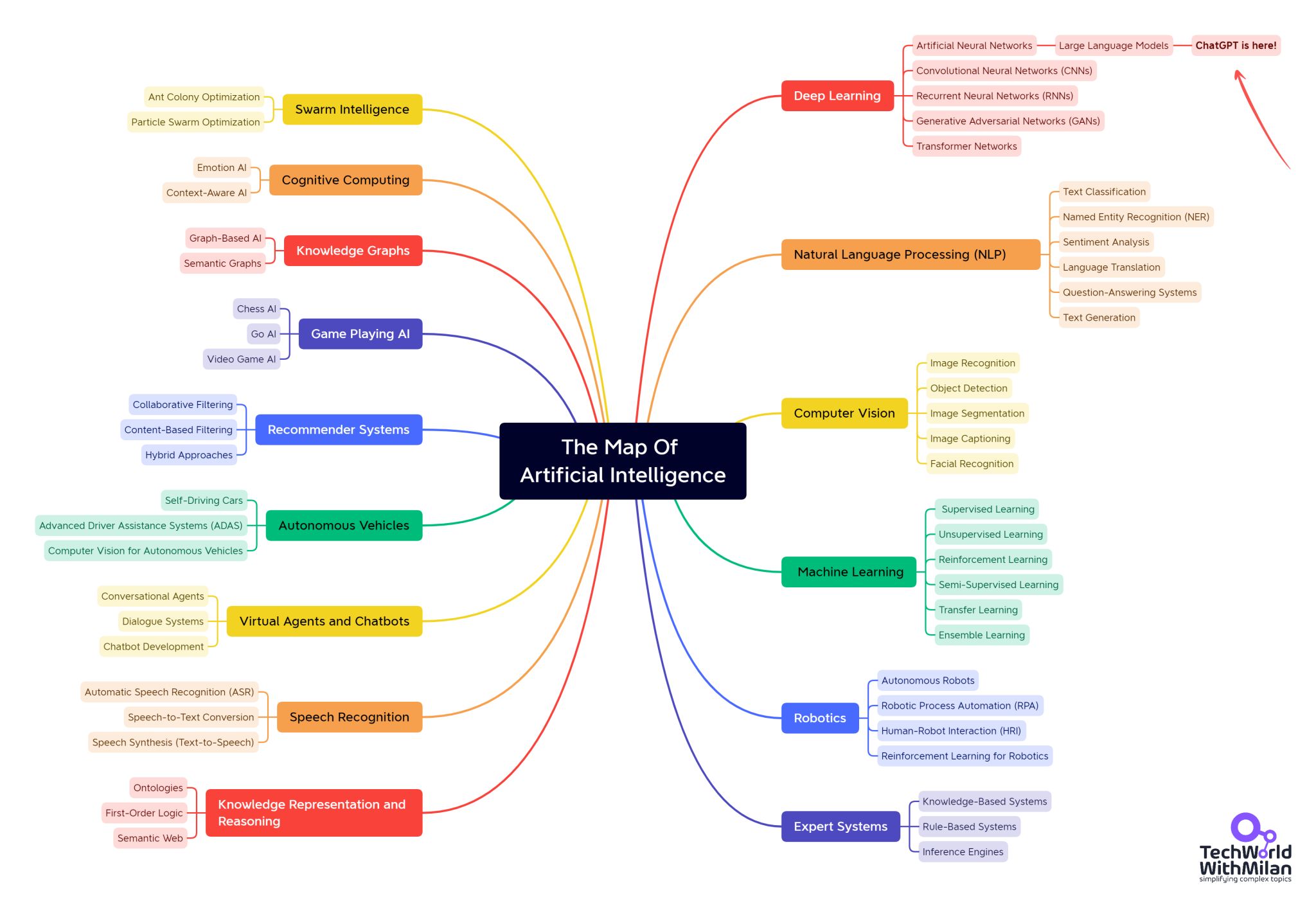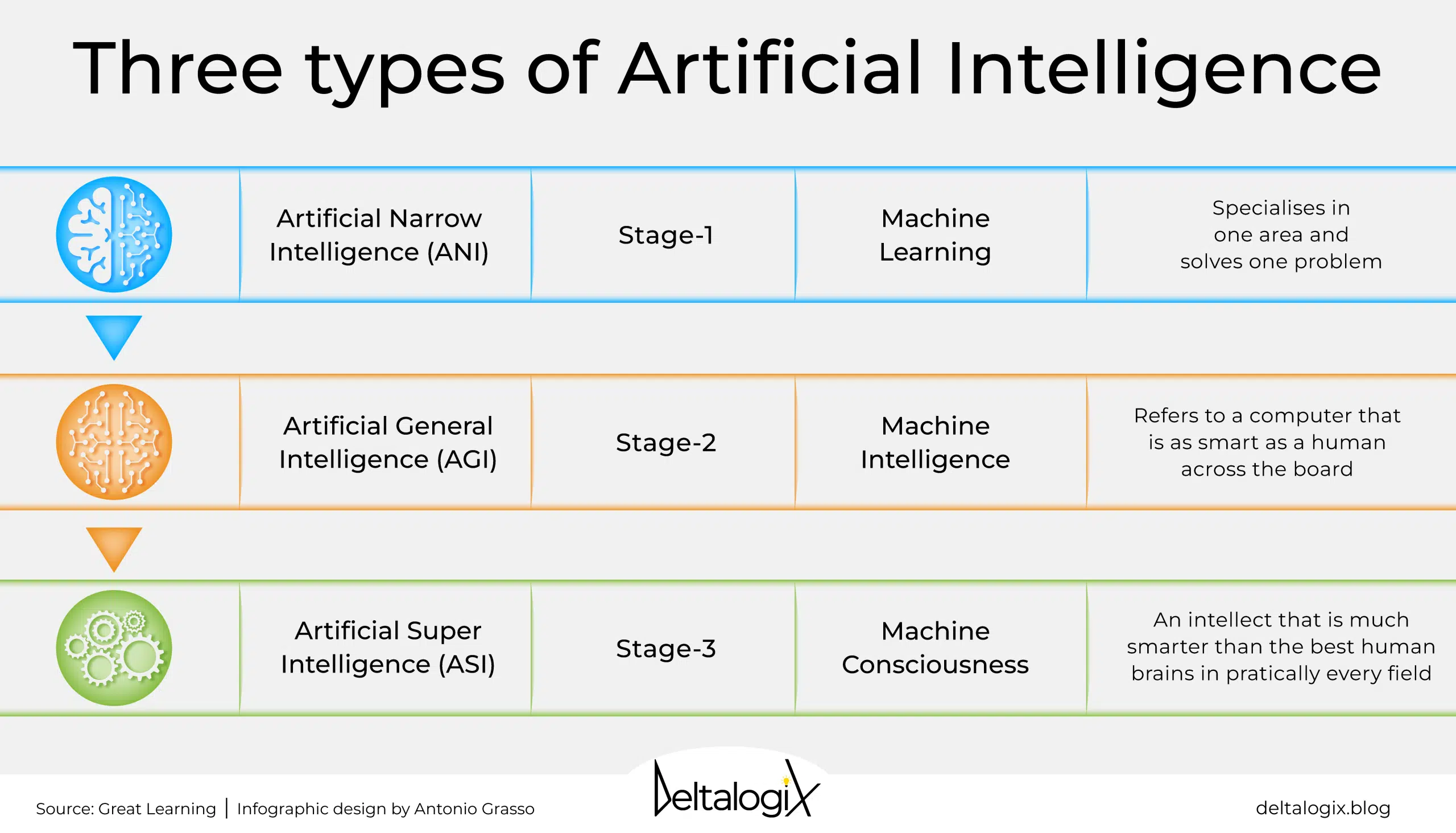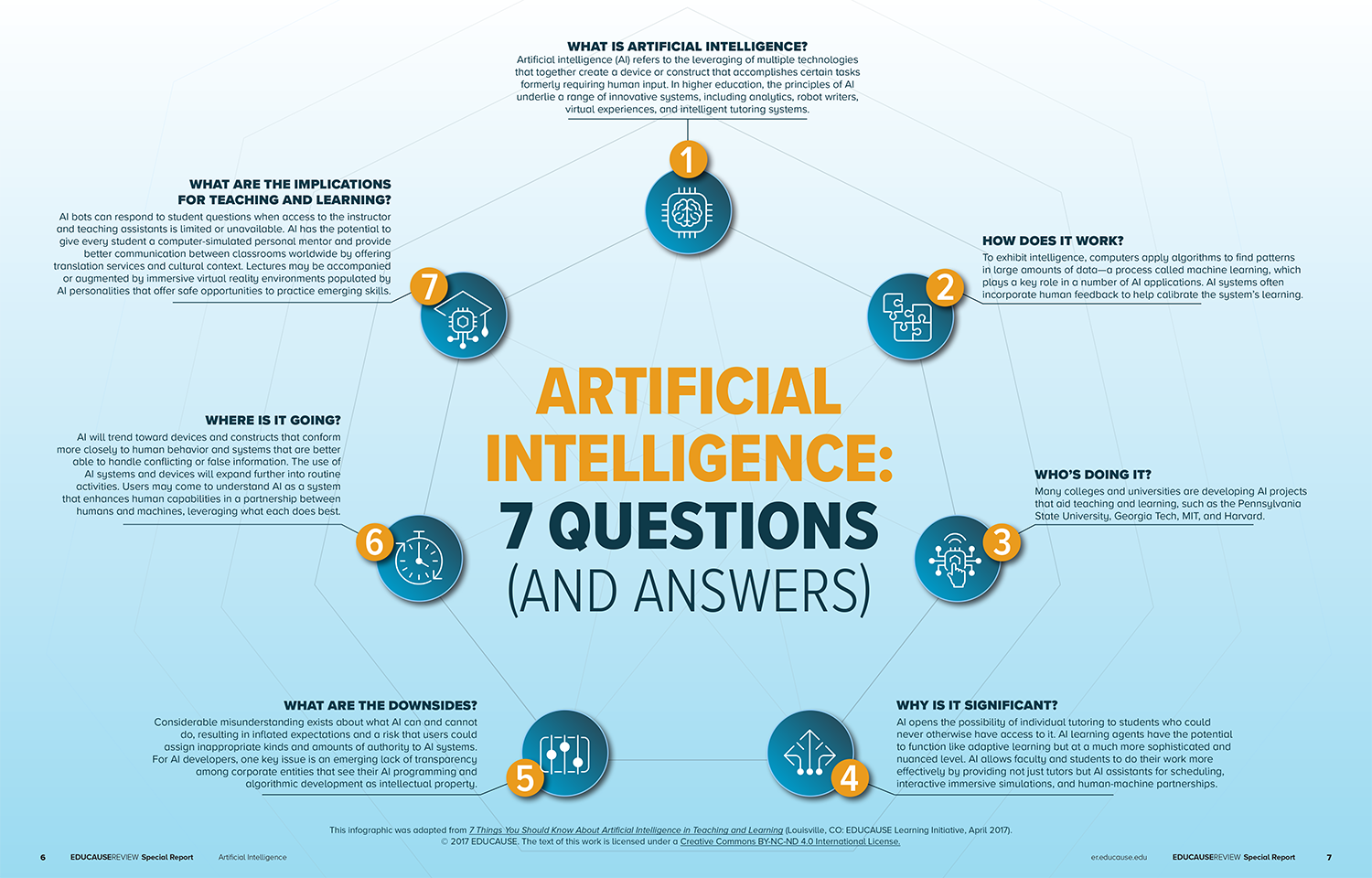Select The True Statements About The Process Of Learning Ai.

Imagine stepping into a bustling workshop filled with whirring servers, glowing screens, and the low hum of complex algorithms being woven together. This isn't a scene from a sci-fi movie, but rather a glimpse into the world of Artificial Intelligence (AI) learning, a world where machines are taught to think, adapt, and solve problems like never before. But what does it really mean for a machine to "learn"? It's a question that sparks curiosity and requires a journey through various stages, concepts, and methodologies.
At its core, learning AI is about enabling machines to perform tasks that typically require human intelligence. This process involves feeding algorithms vast amounts of data, allowing them to identify patterns, make predictions, and improve their performance over time. Understanding the true statements about this process is crucial for navigating the rapidly evolving landscape of AI and harnessing its potential effectively.
The Foundation: Data and Algorithms
The journey of teaching AI starts with data. Without it, there's nothing for the AI to learn from.
This data can come in many forms: images, text, audio, or even numerical data. The quality and quantity of this data are paramount; "garbage in, garbage out" is a mantra often repeated in AI circles.
The data is then fed into an algorithm. These algorithms act as the "brains" of the AI, processing the data and looking for meaningful connections. They are sets of rules that define how the AI will learn and make decisions.
Supervised Learning: Learning with a Teacher
One of the most common types of AI learning is supervised learning. Think of it like learning with a teacher who provides labeled examples.
The AI is given a dataset where each input is paired with the correct output. For example, a dataset of images of cats and dogs, where each image is labeled as either "cat" or "dog." The AI learns to map the inputs (the images) to the correct outputs (the labels).
This process allows the AI to learn the relationship between the input and output, so it can then predict the output for new, unseen inputs. This is achieved through training the model, adjusting its internal parameters until it can accurately predict the labels.
Unsupervised Learning: Discovering Hidden Patterns
In contrast to supervised learning, unsupervised learning involves feeding the AI unlabeled data. The AI is tasked with finding patterns and structures within the data without any prior guidance.
For instance, an unsupervised learning algorithm might be given a dataset of customer purchase histories. The algorithm could then identify different customer segments based on their buying habits, even without knowing what those segments are beforehand.
This is particularly useful for tasks like anomaly detection (identifying unusual data points) and clustering (grouping similar data points together).
Reinforcement Learning: Learning by Trial and Error
Reinforcement learning takes a different approach, drawing inspiration from how humans and animals learn. The AI, or agent, interacts with an environment and receives rewards or penalties for its actions.
Over time, the agent learns to take actions that maximize its cumulative reward. Think of a robot learning to walk. It might stumble and fall at first, but with each attempt, it receives feedback (a reward for staying upright, a penalty for falling) and gradually improves its gait.
This type of learning is often used in robotics, game playing (like teaching an AI to play chess), and control systems.
Beyond the Basics: Key Considerations
Training an AI model is not simply about feeding it data and hoping for the best. Several key considerations must be taken into account.
Overfitting is a common problem where the AI learns the training data too well, including its noise and specificities, rather than the underlying patterns. This can lead to poor performance on new, unseen data.
Another important factor is bias in the data. If the training data reflects existing biases in society, the AI will likely perpetuate and even amplify those biases. For example, if a facial recognition system is trained primarily on images of one demographic group, it may be less accurate when recognizing faces from other groups. Addressing bias requires careful data collection, preprocessing, and algorithm design.
Ethical considerations are paramount. As AI becomes more powerful and integrated into our lives, it's crucial to consider the potential societal impacts and ensure that AI is developed and used responsibly. This includes issues such as fairness, transparency, accountability, and privacy.
The Importance of Continuous Learning
AI learning is not a one-time event. To remain effective, AI models must be continuously updated and retrained with new data.
The world is constantly changing, and what was true yesterday may not be true today. By continuously learning, AI models can adapt to new circumstances and maintain their accuracy and relevance.
This continuous learning process also helps to mitigate the risk of model drift, where the performance of the AI degrades over time due to changes in the underlying data distribution.
True Statements: A Recap
So, what are some true statements about the process of learning AI? The list is extensive, but here are a few key takeaways:
AI learning requires data, algorithms, and computational resources. The quality and quantity of data significantly impact the performance of AI models. Supervised, unsupervised, and reinforcement learning are distinct approaches, each suited for different types of problems. Ethical considerations are paramount throughout the AI development lifecycle. Continuous learning is essential for maintaining the accuracy and relevance of AI models.
In summary, AI is about creating computer programs and systems that can analyze and learn from data so they can make predictions, recommendations, or decisions. These machines aren’t "thinking" the way humans do. They are using algorithms to search and sort massive datasets and then applying what they learn to new situations.
The Future of AI Learning
The field of AI learning is rapidly evolving, with new techniques and algorithms being developed all the time. Researchers are exploring more advanced methods, such as transfer learning (where knowledge gained from one task is applied to another) and meta-learning (where the AI learns how to learn more effectively). These advances are paving the way for more powerful and versatile AI systems.
As AI continues to advance, it has the potential to transform many aspects of our lives, from healthcare and education to transportation and entertainment. However, it's crucial to remember that AI is a tool, and like any tool, it can be used for good or for ill. The responsible development and deployment of AI is essential to ensure that it benefits all of humanity.
As we continue down the path of AI development, the workshop hums louder, the algorithms grow more intricate, and the potential for positive change expands. It's a journey worth taking, with a focus on ethical application of knowledge, to unlock the full potential of AI.
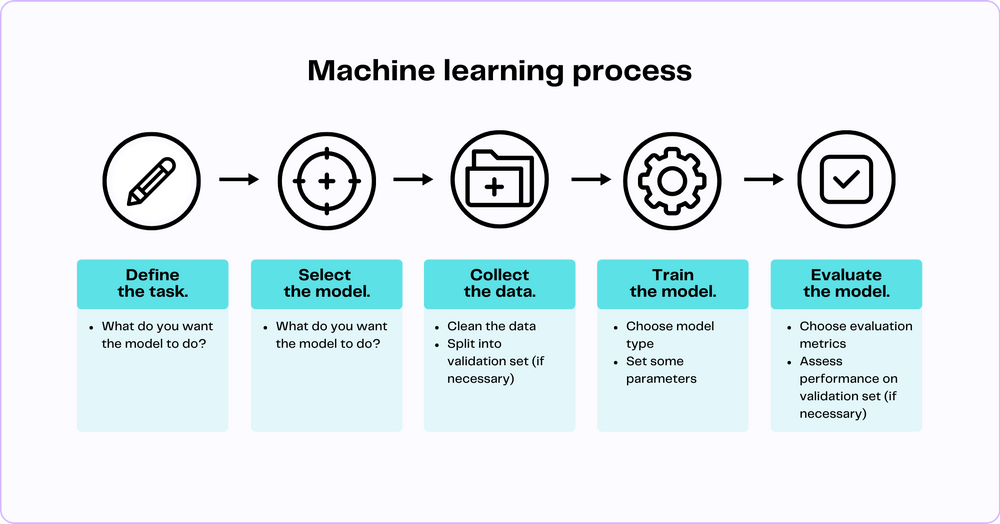
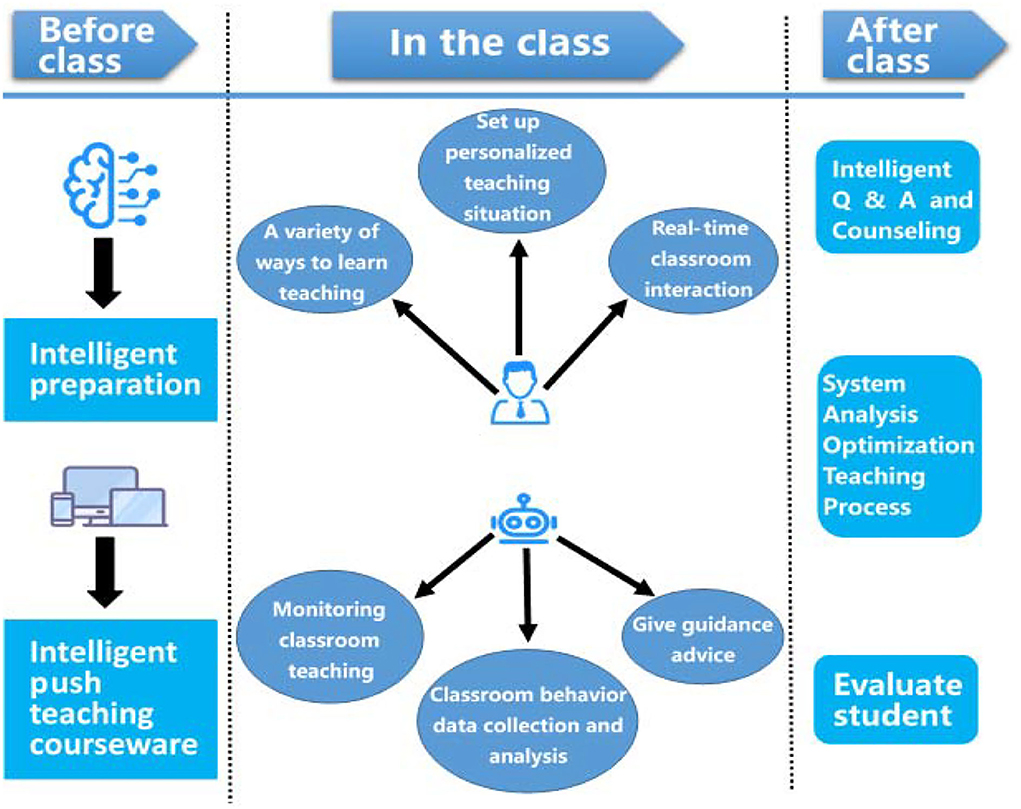

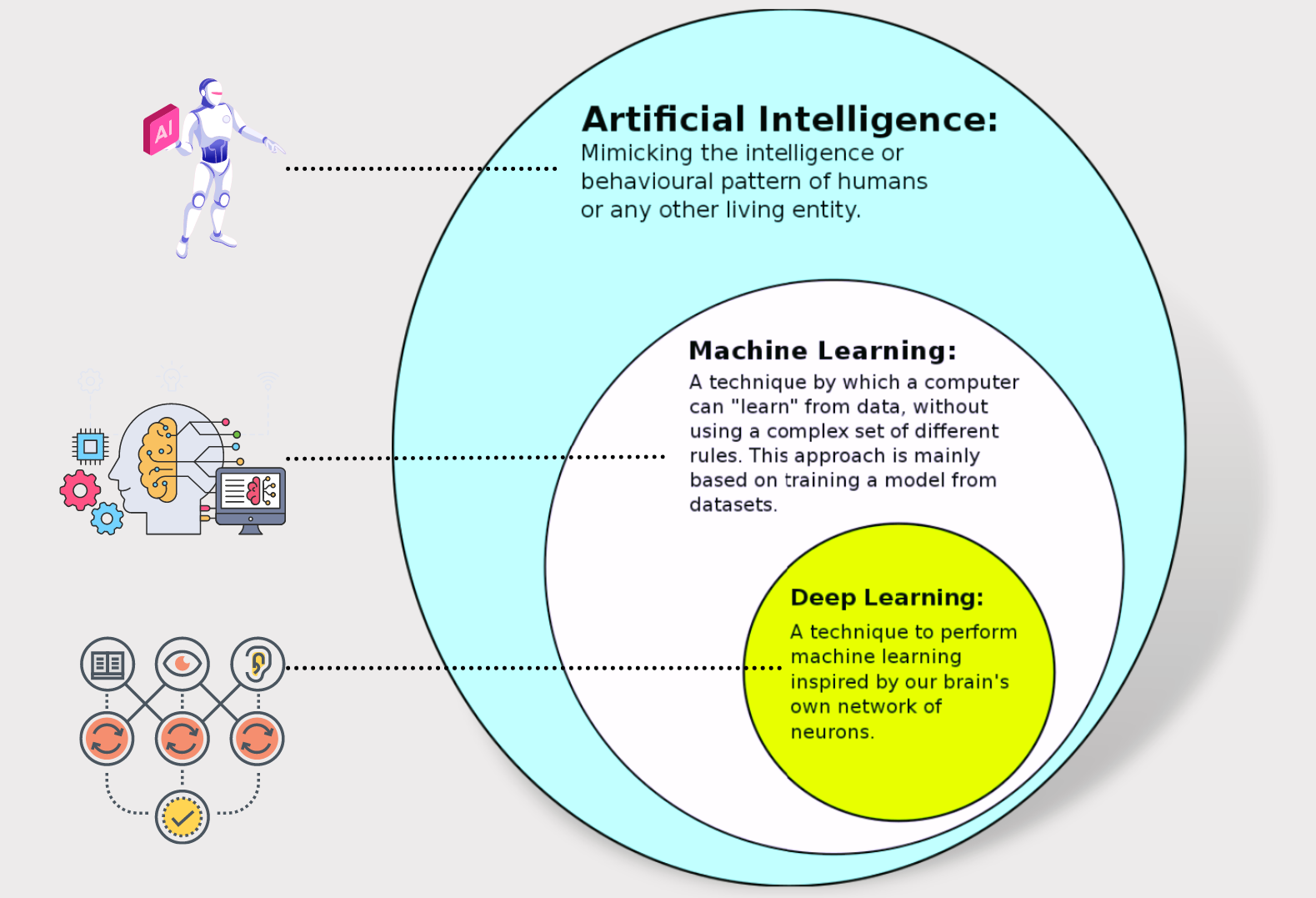
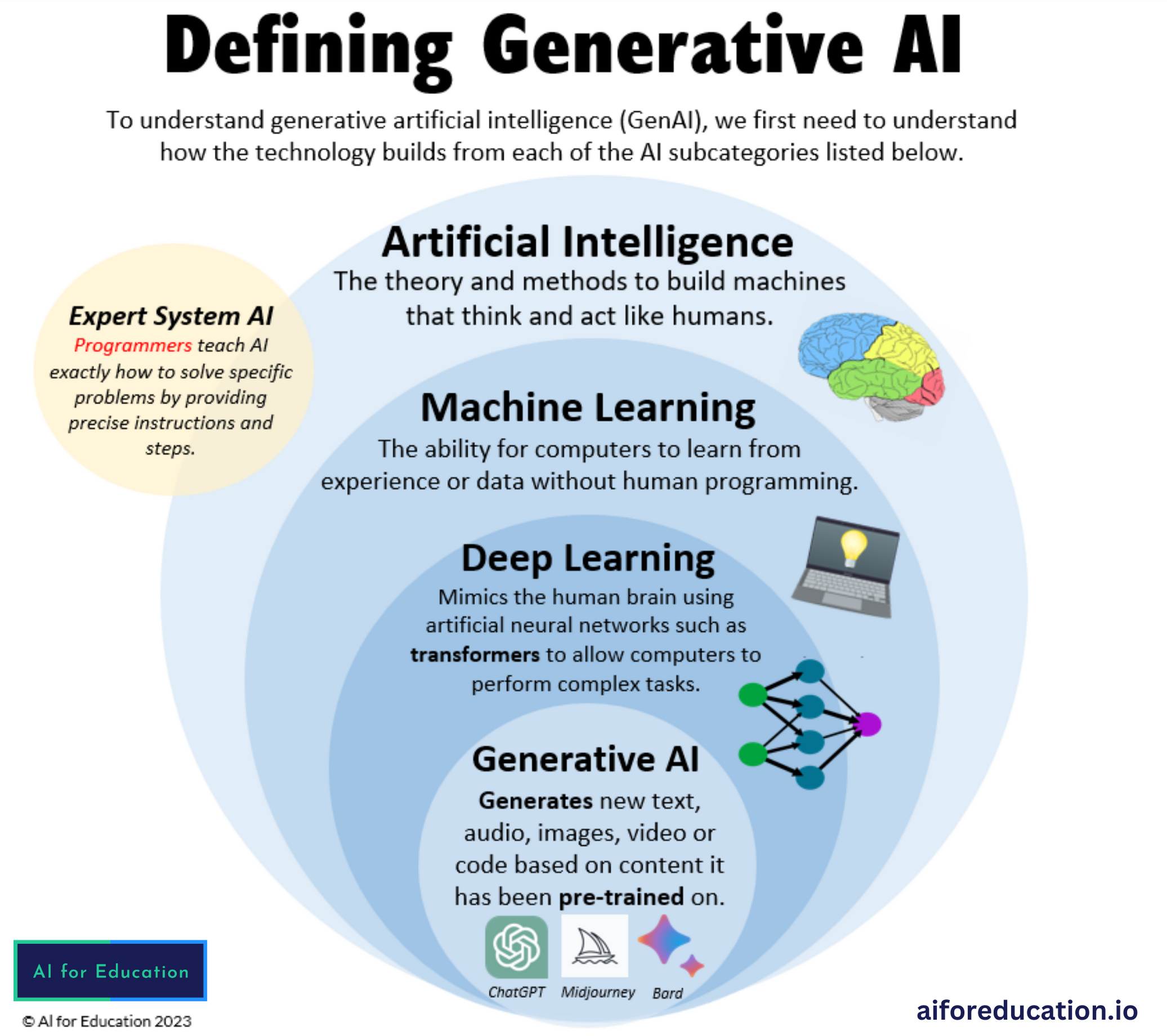.png?format=750w)
